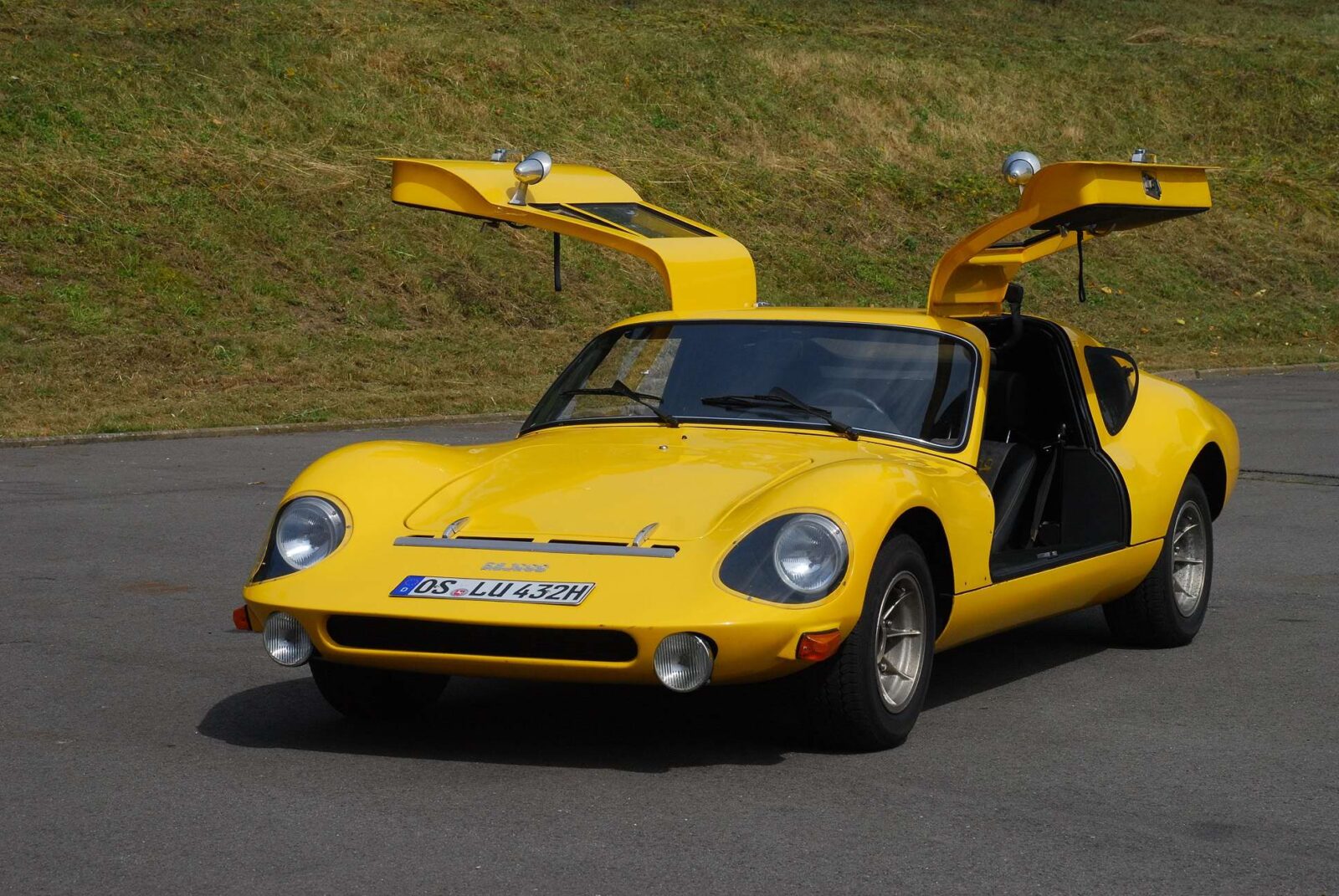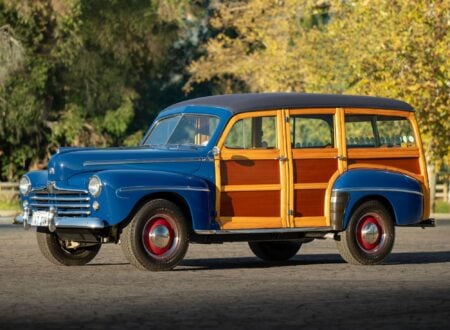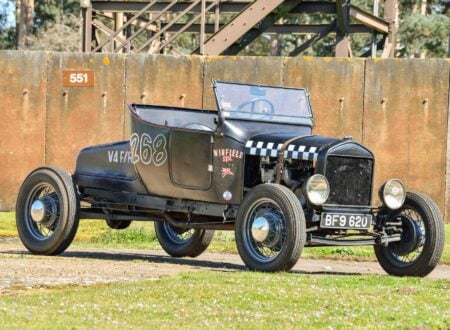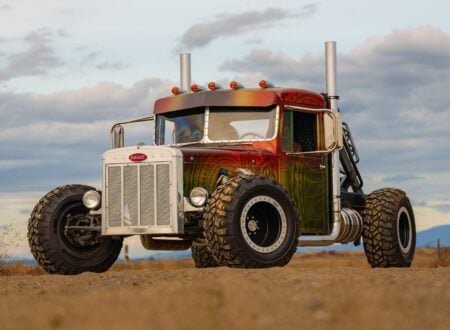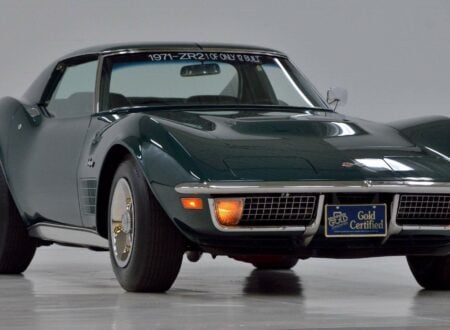Known locally as the “Ferrari Of The East,” the Melkus RS 1000 is a sports car that was made behind the Iron Curtain in Soviet occupied East Germany from 1969 to 1979. Just 101 were built and it’s believed that approximately 80 remain roadworthy.
The Melkus RS 1000 was originally powered by a three-cylinder, liquid-cooled, two-stroke 992cc engine sourced from Wartburg, a fellow East German automaker. Power is sent to the rear wheels via a 5-speed transmission that was made by modifying a Wartburg 4-speed gearbox, and the running gear was largely sourced from the venerable Trabant and the Wartburg 353.
Fast Facts – The Melkus RS 1000
- The Melkus RS 1000 is a fiberglass-bodied sports car made in Dresden in East Germany for 10 years from 1969 till 1979. They have steel ladder chassis and three-cylinder, two-stroke, one-liter engines producing approximately 68 hp at 4,500 rpm.
- Just 101 of them were made and roughly 80 are thought to have survived.
- The RS 1000 offered a top speed of 102 mph, a heady figure in the Soviet Union where regular vehicles like the Trabant had a top speed closer to 60 mph.
- Melkus also built Formula 3, Formula Junior, and Formula Ford cars from 1959 until it ceased operations in 1986.
An Impossible Dream: The Ferrari Of The East
We don’t associate the Soviet Union with sports cars though a fair few were made over the years, all of which were unique in their own way and had to make do with a very limited supply of parts, materials, and engines.
Melkus was originally founded in 1959 by successful, multiple race winning driver (and driving school operator) Heinz Melkus in Dresden, East Germany to build single seat racing cars and road-going sports cars.
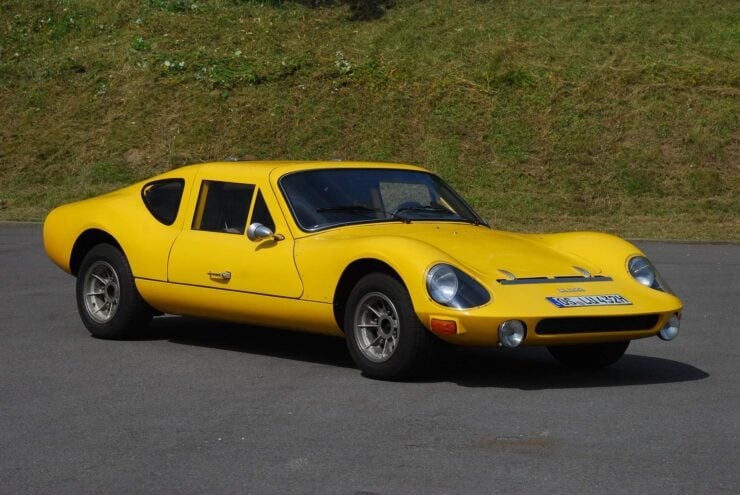

It was an ambitious project given the shortage of suitable supplies and expertise but against the odds he made it work, creating one of the most desirable sports cars available to people behind the Iron Curtain.
As the story goes, Heinz Melkus developed the RS 1000 in the 1960s after being overtaken by a Lotus when driving to Yugoslavia. Private businesses using resources to build luxury items like sports cars wasn’t generally permitted however East Germany was gearing up to celebrate its 20th anniversary and so government officials gave the project their approval, likely to they could use the cars to showcase East German industry.
Heinz Melkus and his small team did a remarkable job designing and building the RS 1000, they developed a steel ladder chassis and an aerodynamic fiberglass body, possibly inspired by that Lotus he’d seen on its way to Yugoslavia.
Components like engines, suspension, transmissions, and brakes were exceedingly hard to come by, the humble little Trabant passenger car had a 10 to 15 year wait from order to delivery largely due to limited supply and colossal demand for personal cars.
Some components for Melkus cars were sourced from junkyards and others from the Trabant and Wartburg factories. Interestingly the Melkus RS 1000 only had a wait time of only approximately two years, though the cars limited practicality, two seats, and high price tag meant it was only ever going to be accessible to a select few.
Production ran from the end of the 1960s until the end of the 1970s and the company would eventually fold in 1986 due to the dire economic situation in the Soviet Union.
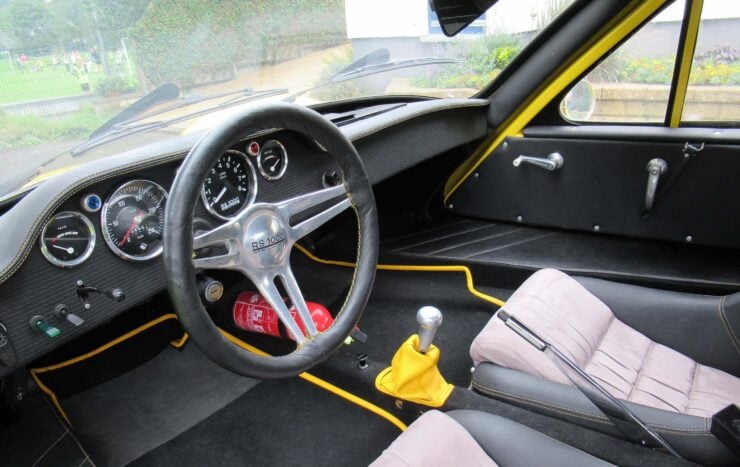

After the fall of the Berlin Wall Heinz Melkus started a BMW dealership in Dresden, and many years later in 2006 Heinz’s son Peter Melkus relaunched the company offering a new version of the car called the Melkus RS 2000.
The Melkus RS 1000
The Melkus RS 1000 is little-known outside of the former Soviet states, it’s a car that is obviously a child of the 1960s but at first sight people to struggle to place who manufactured it.
Melkus and his team created the most aerodynamic body they could without the use of a wind tunnel, with a Kammback design, a low nose, covered headlights, and gullwing doors. With the exception of the windscreen all the glass used in the car is flat for the sake of simplicity, and parts like rear vision mirrors, door handles, hinges, and indicators were all sourced from other automakers.
The steel ladder chassis was combined with a roll bar integrated into the windscreen frame, with another behind the seats for added protection. The RS 1000 rides on independent front and rear suspension with coil springs, and it uses drum brakes front and rear.
The mid-mounted engine is a three-cylinder unit taken from the Wartburg 353. The engine was rebuilt with a higher compression ratio and triple carburetors, giving 68 hp at 4,500 rpm and 87 lb ft of torque at 3,500 rpm, compared to the 55 hp of the engine used in the Wartburg 353.
In order to give the highest possible top speed a 5th gear was added to the Wartburg 353 four-speed gearbox, allowing the Melkus RS 1000 to reach 102 mph. The RS 1000 tips the scales at 720 kgs or 1,587 lbs thanks in large part to its lightweight fiberglass body, making it somewhat akin to the Lotus that inspired it.
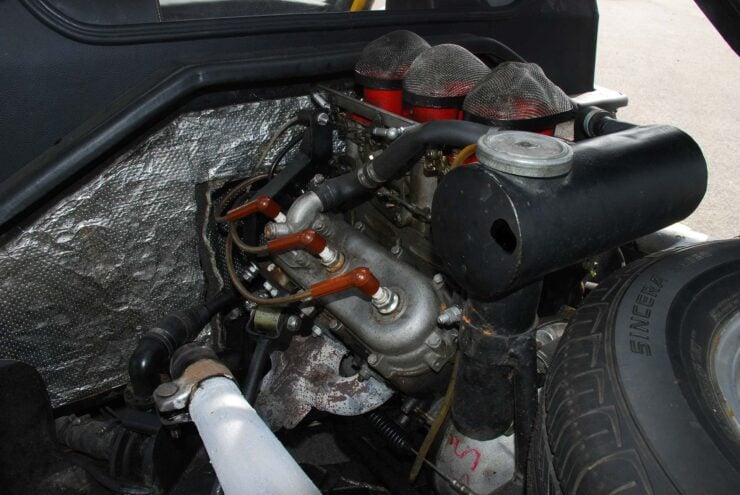

Production numbers just squeaked past 100, with 101 made in total. 80 of these are thought to survive to the modern day and they’re considered highly collectible in former Soviet states where they remain a local legend.
The Melkus RS 1000 Shown Here
The car you see here is a 1976 Melkus RS 1000 that is believed to be the only example powered by a 1.3 liter two-stroke Müller-Andernach V6 with triple Solex twin carburetors. It’s capable of 110 hp and 133 lb ft of torque, with power sent to the rear wheels via a five-speed gearbox with modified ratios.
Thanks to the larger engine the top speed of this RS 1000 is approximately 125 mph, and it’s finished in Ferrari Giallo Modena paintwork with a two-tone black and grey interior.
We almost never see these cars come up for auction so it’ll be interesting to see what this one goes for. It’s being sold now in a live auction (at the time of writing) on Collecting Cars, with 4 days remaining to bid.
If you’d like to read more about this Melkus or register to bid you can click here to visit the listing.
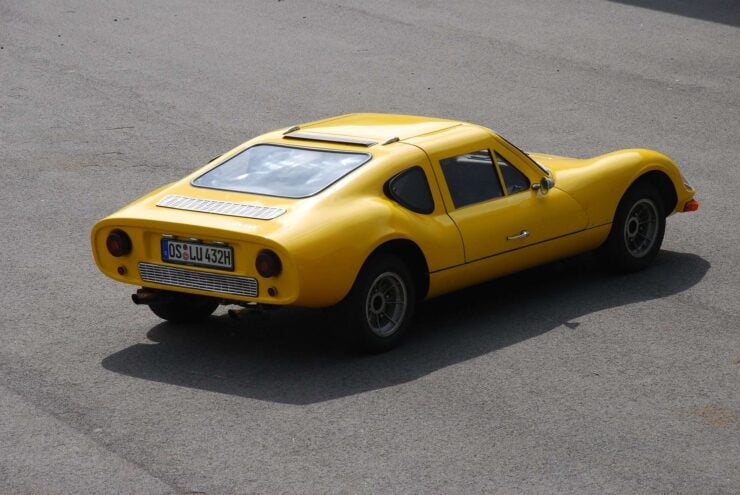
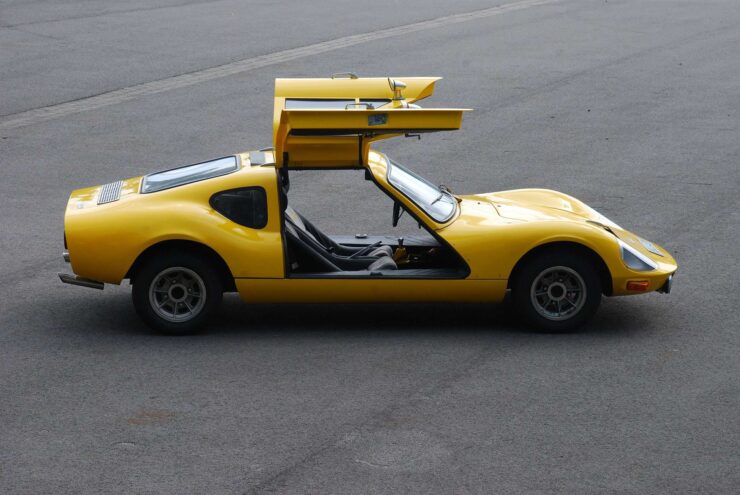
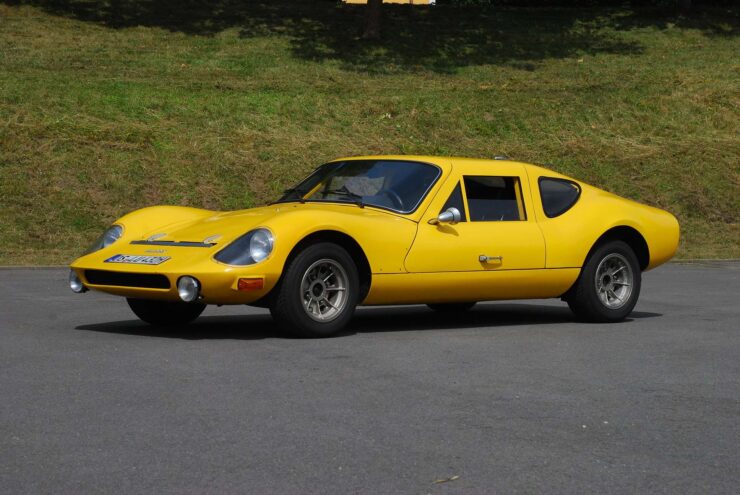
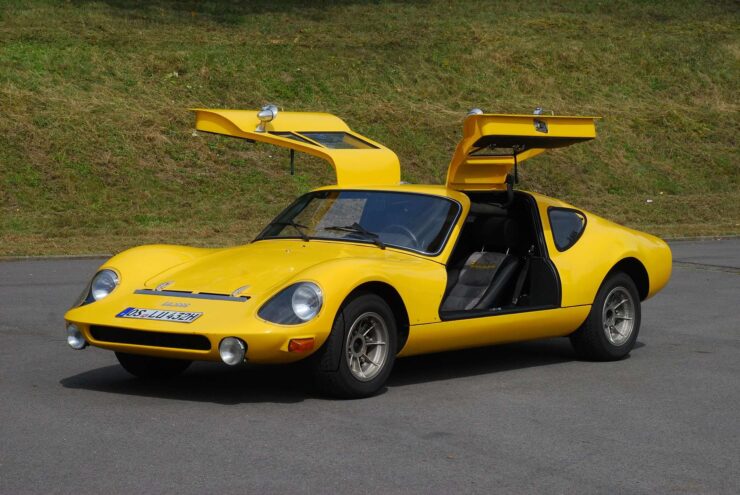
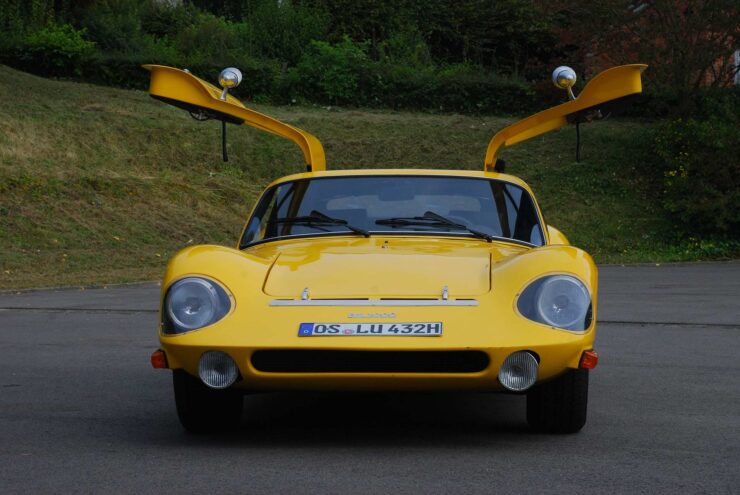
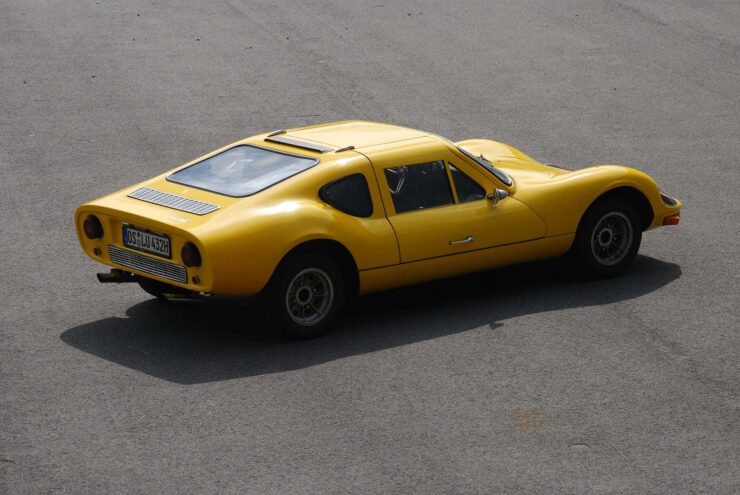
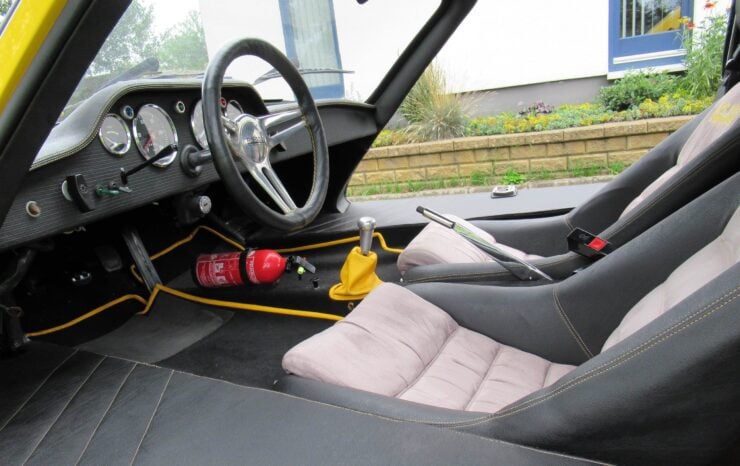
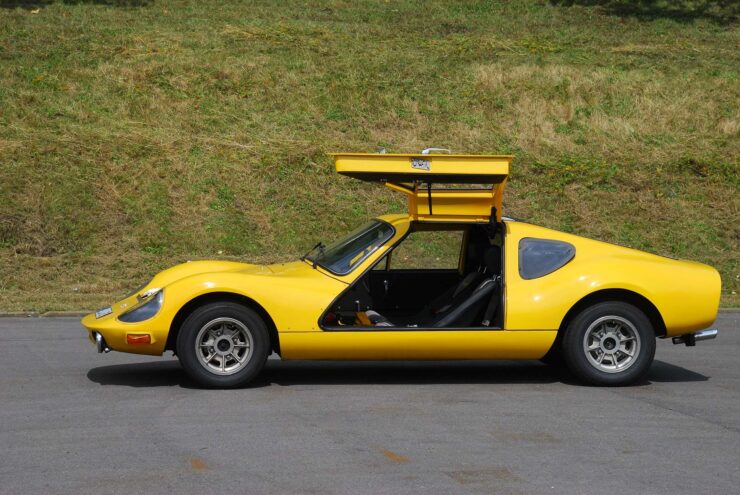
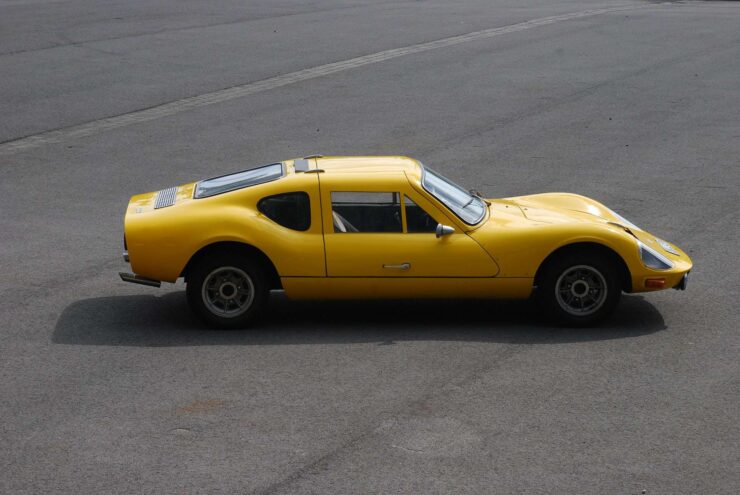
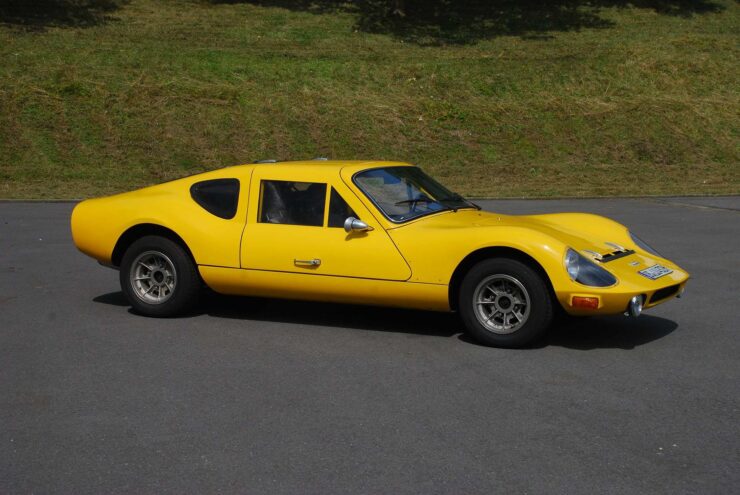
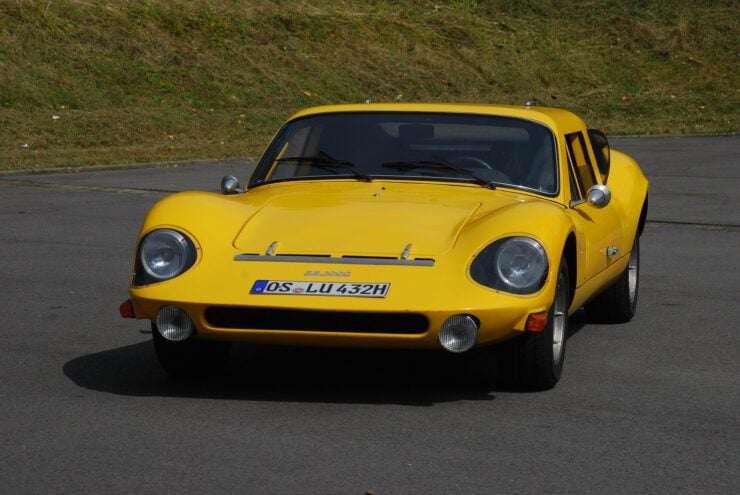
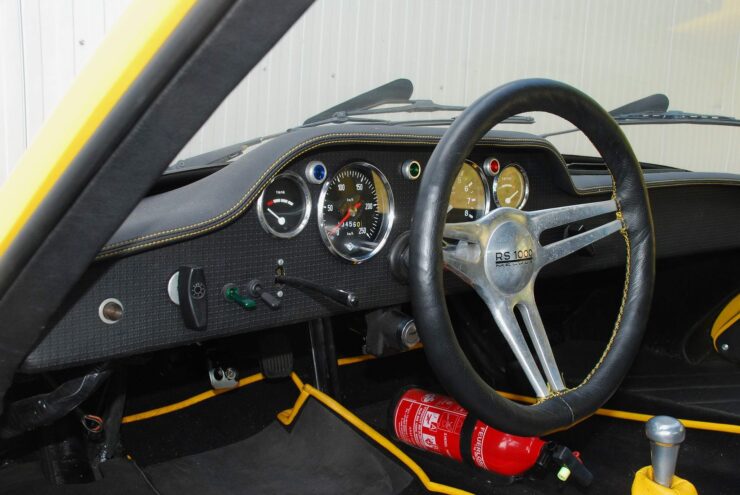
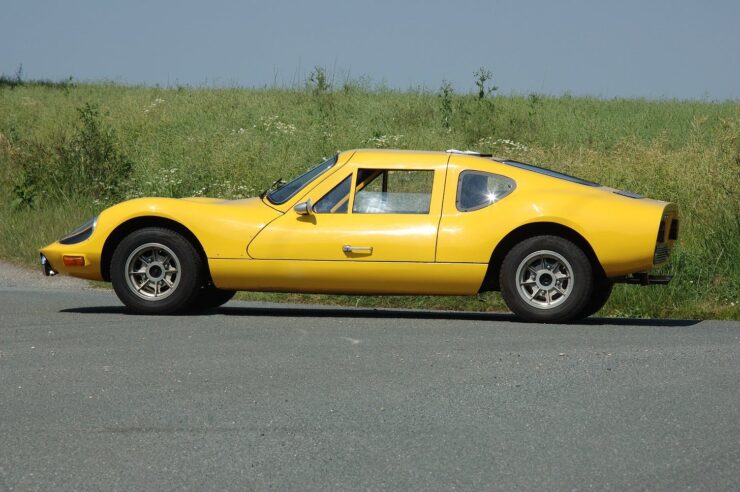
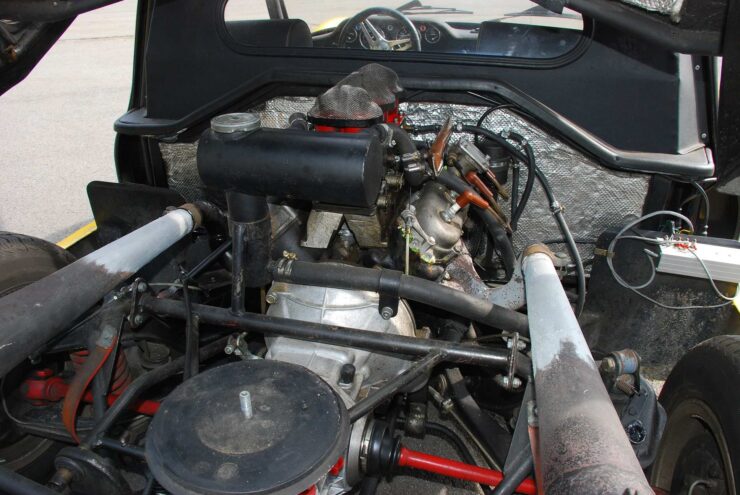
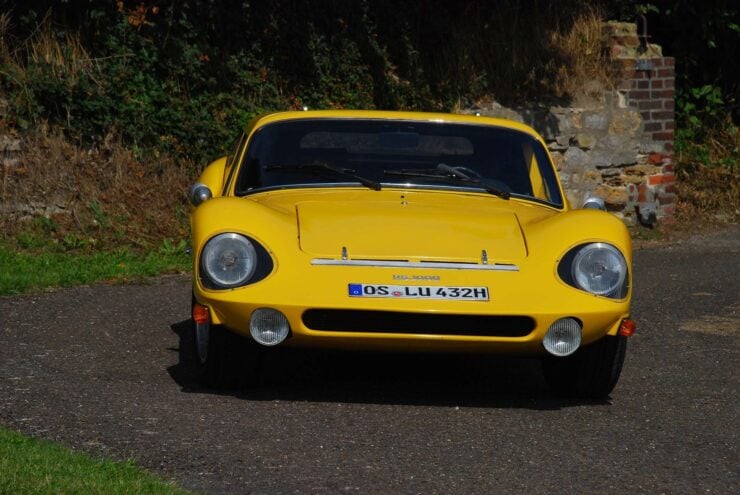
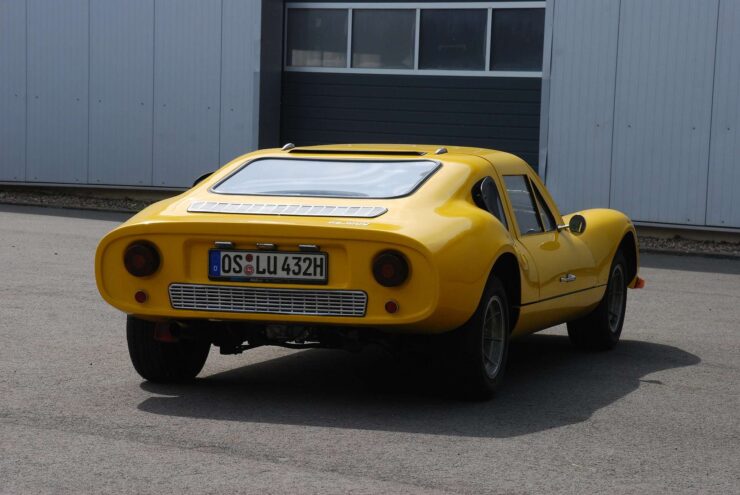
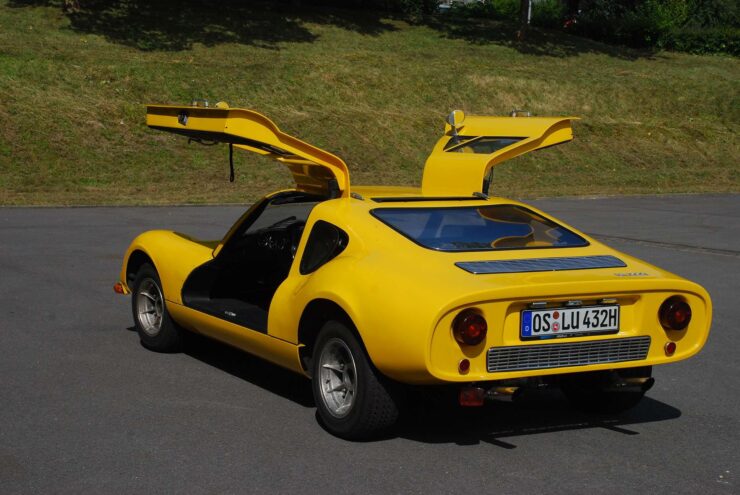
Images courtesy of Collecting Cars

Articles that Ben has written have been covered on CNN, Popular Mechanics, Smithsonian Magazine, Road & Track Magazine, the official Pinterest blog, the official eBay Motors blog, BuzzFeed, Autoweek Magazine, Wired Magazine, Autoblog, Gear Patrol, Jalopnik, The Verge, and many more.
Silodrome was founded by Ben back in 2010, in the years since the site has grown to become a world leader in the alternative and vintage motoring sector, with well over a million monthly readers from around the world and many hundreds of thousands of followers on social media.

